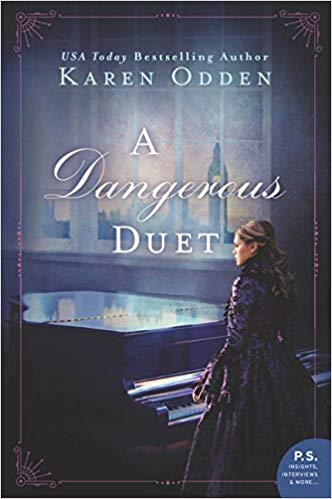 A Dangerous Duet by Karen Odden
A Dangerous Duet by Karen Odden Format: eARC
Source: supplied by publisher via Edelweiss
Formats available: paperback, ebook, audiobook
Genres: historical mystery
Series: Victorian Mystery #1
Pages: 416
Published by William Morrow Paperbacks on November 6, 2018
Purchasing Info: Author's Website, Publisher's Website, Amazon, Barnes & Noble, Kobo, Bookshop.org
Goodreads
This dazzling new Victorian mystery from USA Today bestselling author Karen Odden introduces readers to Nell Hallam, a determined young pianist who stumbles upon the operations of a notorious—and deadly—crime ring while illicitly working as the piano player in a Soho music hall. Perfect for readers of Tasha Alexander, Anne Perry, and Deanna Raybourn.
Nineteen-year-old Nell Hallam lives in a modest corner of Mayfair with her brother Matthew, an inspector at Scotland Yard. An exceptionally talented pianist, she aspires to attend the Royal Academy; but with tuition beyond their means, Nell sets out to earn the money herself—by playing piano in a popular Soho music hall. And the fact that she will have to disguise herself as a man and slip out at night to do it doesn’t deter her.
Spending evenings at the Octavian is like entering an alternate world, one of lively energy, fascinating performers, raucous patrons—and dark secrets. And when Nell stumbles upon the operations of an infamous crime ring working in the shadows of the music hall, she is drawn into a conspiracy that stretches the length of London. To further complicate matters, she has begun to fall for the hall owner's charismatic son, Jack, who has secrets of his own.
The more Nell becomes a part of the Octavian’s world, the more she risks the relationships with the people she loves. And when another performer is left for dead in an alley as a warning, she realizes her future could be in jeopardy in more ways than one.
My Review:
There are plenty of comparisons to life being like an onion – including the bit about weeping through the process.
One of the characters in this story is a bit more specific. His comment is that people’s stories are like onions, that you have to peel them back layer by layer to get the whole thing. And that’s truer of his story than most as it turns out.
But the life that is really being peeled back in this story is Nell Hallam’s. We first meet her as a young woman in Victorian London who has done something just a bit daring and just a tad dangerous in order to achieve her life-long ambition.
Nell is a gifted pianist, and she wants to win a place at the Royal Academy. But even if she wins, such places are not free. And her much reduced family – just herself and her older brother, a Scotland Yard detective, can’t afford the tuition.
So Nell is earning the money using the talent she has been given. She’s the piano player in a Soho “theater” that we would probably label as a dive. And that might be an insult to dives.
But in Victorian London, “nice” women aren’t permitted in such places, and certainly aren’t allowed to work as musicians. Or work much at all, but particularly in Nell’s circumstance.
That’s where that danger and daring come in, because Nell Hallam is sneaking out at night in men’s clothes and playing piano in Soho as Ed Nell three nights a week while her brother works late at Scotland Yard.
When a new fiddle player turns up at the Octavian, Nell finds herself becoming more and more involved in the life of the club – a life that she has previously held at arm’s reach.
But this isn’t that kind of story. That fiddle player does open her eyes to the deadly world operating in the shadows around her – but she is too canny to let him drag her into either his schemes or his arms.
Which doesn’t stop danger from reaching out for her at every turn.
Escape Rating B: This is a plot driven story rather than a character driven story. By that I mean that we follow Nell as she dives under the surface of the Octavian, and with each twist and turn we can’t help but feel for her as her world opens up and the danger closes in.
At the same time, we don’t get much of a peek into the other characters. Part of Nell’s past has trained her to keep her emotions at a distance, and it feels like we don’t know enough about the other characters in this story to do more than understand them at a bit of distance as well.
But the world that Nell falls into, or perhaps digs herself into, is as compelling to the reader as it is to her. Once she has a glimpse beneath the surface at the Octavian, she uncovers a criminal underground that uses young children to pour wealth into the hands of a select and deadly few.
A few that includes the owner of the Octavian, his son, and that dastardly fiddle player.
It’s also the same criminal underground that her brother is investigating for Scotland Yard. When her two worlds combine – her secrets explode, remaking her life, her world and her very self


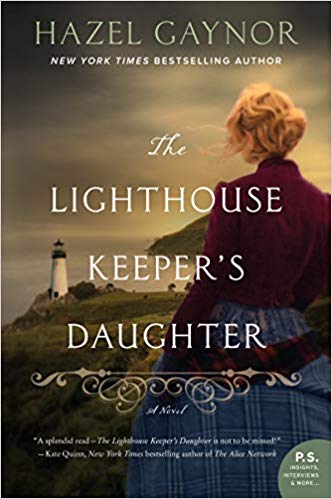 The Lighthouse Keeper's Daughter by
The Lighthouse Keeper's Daughter by 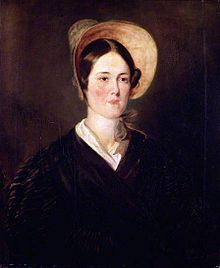
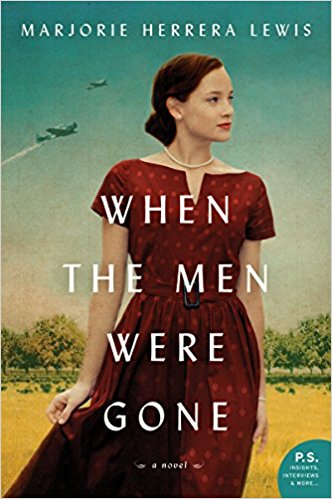 When the Men Were Gone by
When the Men Were Gone by 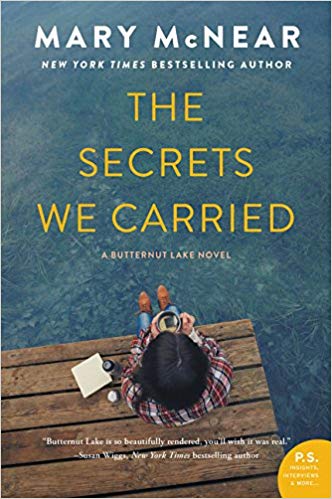 The Secrets We Carried (Butternut Lake, #6) by
The Secrets We Carried (Butternut Lake, #6) by 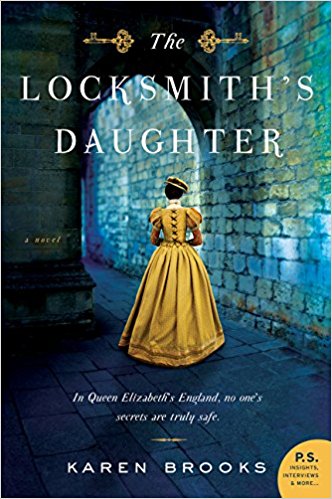 The Locksmith's Daughter by
The Locksmith's Daughter by 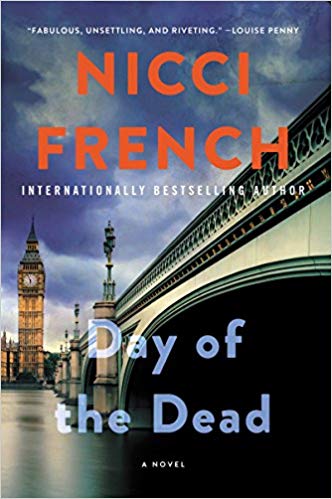 Day of the Dead (Frieda Klein #8) by
Day of the Dead (Frieda Klein #8) by 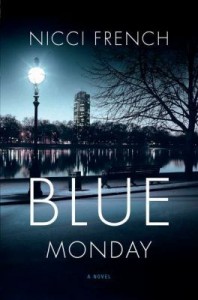 When this series began back in
When this series began back in  A big part of this story is that of Frieda tying up all the loose ends. She circles back through everything that has happened in the series and every case that Dean Reeve has touched on. While I think there is enough explained that readers don’t need to have read the entire series to be invested in this volume, there’s certainly more resonance if you’ve read at least some of the previous entries, particularly the first,
A big part of this story is that of Frieda tying up all the loose ends. She circles back through everything that has happened in the series and every case that Dean Reeve has touched on. While I think there is enough explained that readers don’t need to have read the entire series to be invested in this volume, there’s certainly more resonance if you’ve read at least some of the previous entries, particularly the first, 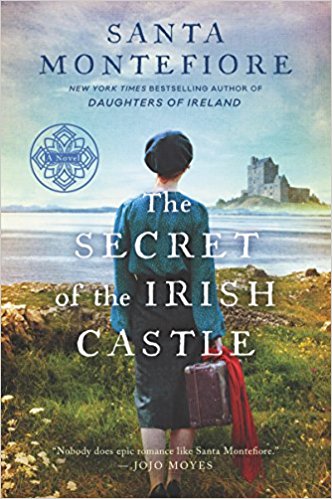 The Secret of the Irish Castle (Deverill Chronicles #3) by
The Secret of the Irish Castle (Deverill Chronicles #3) by  At the beginning of this saga, all the way back in
At the beginning of this saga, all the way back in 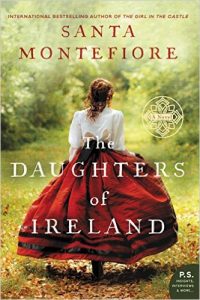 Escape Rating B+: I’ve been looking forward to this one for almost a year, since I finished
Escape Rating B+: I’ve been looking forward to this one for almost a year, since I finished 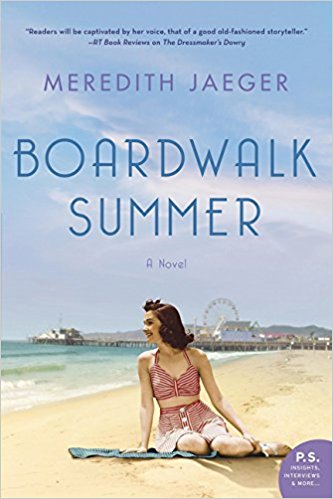 Boardwalk Summer by
Boardwalk Summer by 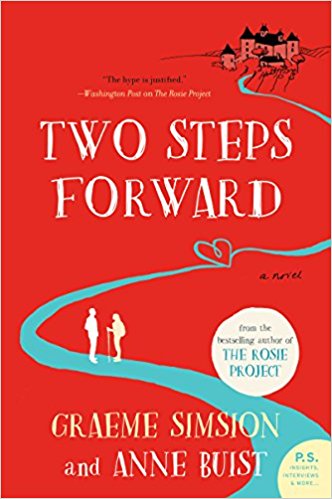 Two Steps Forward by
Two Steps Forward by 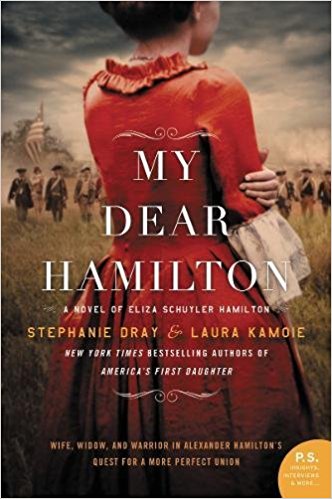 My Dear Hamilton: A Novel of Eliza Schuyler Hamilton by
My Dear Hamilton: A Novel of Eliza Schuyler Hamilton by  At the end of the play
At the end of the play